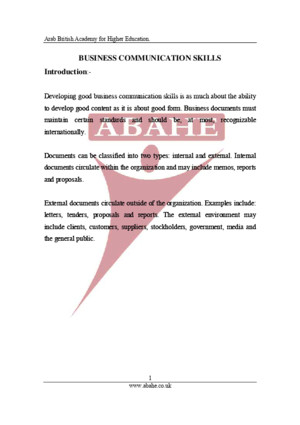3 Mitsubishi Motors Philippines Corporation vs Chrysler
There is document - 3 Mitsubishi Motors Philippines Corporation vs Chrysler available here for reading and downloading. Use the download button below or simple online reader.
The file extension - PDF and ranks to the School Work category.
Tags
Related
Comments
Log in to leave a message!
Description
Download 3 Mitsubishi Motors Philippines Corporation vs Chrysler
Transcripts
1/22/2016 SUPREME COURT REPORTS ANNOTATED VOLUME 433http://wwwcentralcomph/sfsreader/session/0000015268ae61623668ff25003600fb002c009e/t/?o=False 1/23 206SUPREME COURT REPORTS ANNOTATED Mitsubishi Motors Philippines Corporation vs Chrysler Philippines Labor Union GR No 148738 June 29, 2004MITSUBISHI MOTORS PHILIPPINES CORPORATION,petitioner, vs CHRYSLER PHILIPPINES LABOR UNIONand NELSON PARAS, respondents Labor Law; Appeals; Where the Court of Appeals’ findings of fact clash with those of the Voluntary Arbitrator, the SupremeCourt is compelled to go over the records of the case, as well as thesubmissions of the parties —At the outset, we must stress thatonly errors of law are generally reviewed by this Court inpetitions for review on certiorari of CA decisions Questions of factare not entertained This Court is not a trier of facts and, 207 VOL 433, JUNE 29, 2004207 Mitsubishi Motors Philippines Corporation vs Chrysler Philippines Labor Union in labor cases, this doctrine applies with greater force Factualquestions are for labor tribunals to resolve The findings of fact of quasi-judicial bodies like the National Labor RelationsCommission (NLRC), are accorded with respect, even finality, if supported by substantial evidence Particularly when passed uponand upheld by the Court of Appeals, such findings are bindingand conclusive upon the Supreme Court and will not normally bedisturbed However, when the findings of the NLRC and theCourt of Appeals are inconsistent with each other, there is a needto review the records to determine which of them should bepreferred as more conformable to the evidentiary facts 1/22/2016 SUPREME COURT REPORTS ANNOTATED VOLUME 433http://wwwcentralcomph/sfsreader/session/0000015268ae61623668ff25003600fb002c009e/t/?o=False 2/23 Considering that the CA’s findings of fact clash with those of the Voluntary Arbitrator, this Court is compelled to go over therecords of the case, as well as the submissions of the parties Same; Probationary Employees; An employer, in the exercise of its management prerogative, may hire an employee on a probationary basis in order to determine his fitness to performwork —Indeed, an employer, in the exercise of its managementprerogative, may hire an employee on a probationary basis inorder to determine his fitness to perform work Under Article 281of the Labor Code, the employer must inform the employee of thestandards for which his employment may be considered forregularization Such probationary period, unless covered by anapprenticeship agreement, shall not exceed six (6) months fromthe date the employee started working The employee’s servicesmay be terminated for just cause or for his failure to qualify as aregular employee based on reasonable standards made known tohim Same; Same; Applying Article 13 of the Civil Code, the probationary period of six (6) months consists of one hundredeighty (180) days —Applying Article 13 of the Civil Code, theprobationary period of six (6) months consists of one hundredeighty (180) days This is in conformity with paragraph one, Article 13 of the Civil Code, which provides that the monthswhich are not designated by their names shall be understood asconsisting of thirty (30) days each The number of months in theprobationary period, six (6), should then be multiplied by thenumber of days within a month, thirty (30); hence, the period of one hundred eighty (180) days As clearly provided for in the lastparagraph of Article 13, in computing a period, the first day shallbe excluded and the last day included Thus, the one hundredeighty (180) days commenced on May 27, 1996, and ended onNovember 23, 1996 The termination letter dated November 25,1996 was served on respondent Paras only at 3:00 am of November 26, 1996 He was, by then, already a regular employeeof the petitioner under Article 281 of the Labor Code Same; Same; Words and Phrases; An unsatisfactory rating can be a just cause for dismissal only if it amounts to gross andhabitual neglect of duties; Gross negligence has been defined to bethe want or absence of even slight 208 208SUPREME COURT REPORTS ANNOTATED 1/22/2016 SUPREME COURT REPORTS ANNOTATED VOLUME 433http://wwwcentralcomph/sfsreader/session/0000015268ae61623668ff25003600fb002c009e/t/?o=False 3/23 Mitsubishi Motors Philippines Corporation vs Chrysler Philippines Labor Union care or diligence as to amount to a reckless disregard of the safetyof person or property —Under Article 282 of the Labor Code, anunsatisfactory rating can be a just cause for dismissal only if itamounts to gross and habitual neglect of duties Gross negligencehas been defined to be the want or absence of even slight care ordiligence as to amount to a reckless disregard of the safety of person or property It evinces a thoughtless disregard of consequences without exerting any effort to avoid them A carefulperusal of the records of this case does not show that respondentParas was grossly negligent in the performance of his duties Same; Illegal Dismissals; The normal consequences of illegaldismissal are reinstatement without loss of seniority rights and the payment of backwages computed from the time the employee’scompensation was withheld from him —The normal consequencesof illegal dismissal are reinstatement without loss of seniorityrights and the payment of backwages computed from the time theemployee’s compensation was withheld from him Sincerespondent Paras’ dismissal from employment is illegal, he isentitled to reinstatement and to be paid backwages from the timeof his dismissal up to the time of his actual reinstatement Same; Retrenchment; Business reverses or losses arerecognized by law as an authorized cause for termination of employment; Retrenchment is an authorized cause for terminationof employment which the law accords an employer who is notmaking good in its operations in order to cut back on expenses forsalaries and wages by laying off some employees, the purpose being to save a financially ailing business establishment from eventuallycollapsing —Nevertheless, it is not denied that because of thepetitioner’s losses, it retrenched seven hundred (700) employeesBusiness reverses or losses are recognized by law as anauthorized cause for termination of employment Still, it is anessential requirement that alleged losses in business operationsmust be proven convincingly Otherwise, such ground fortermination would be susceptible to abuse by schemingemployers, who might be merely feigning business losses orreverses in their business ventures to ease out employeesRetrenchment is an authorized cause for termination of employment which the law accords an employer who is notmaking good in its operations in order to cut back on expenses forsalaries and wages by laying off some employees The purpose of retrenchment is to save a financially ailing business
Recommended


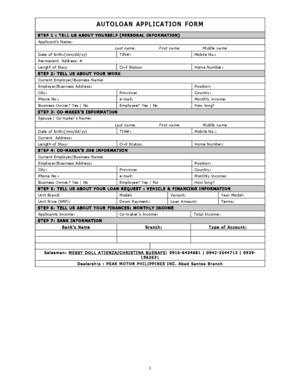
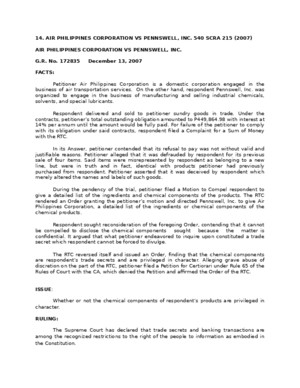



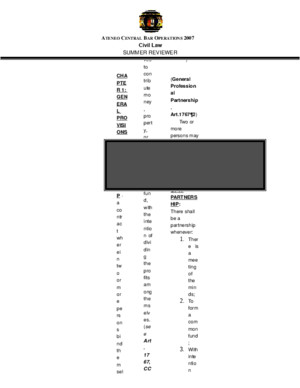

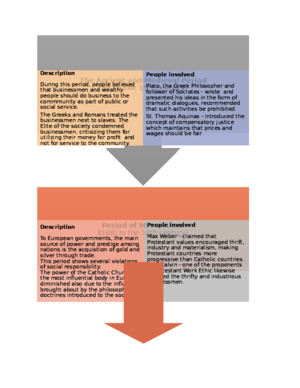

![01 Method Statement for Pile Cap Foundations [Findal]](imgdoc/843.jpg)



